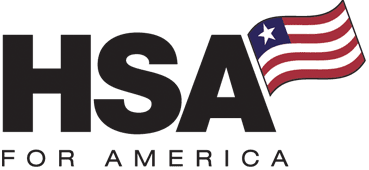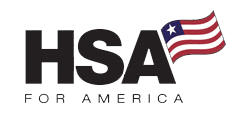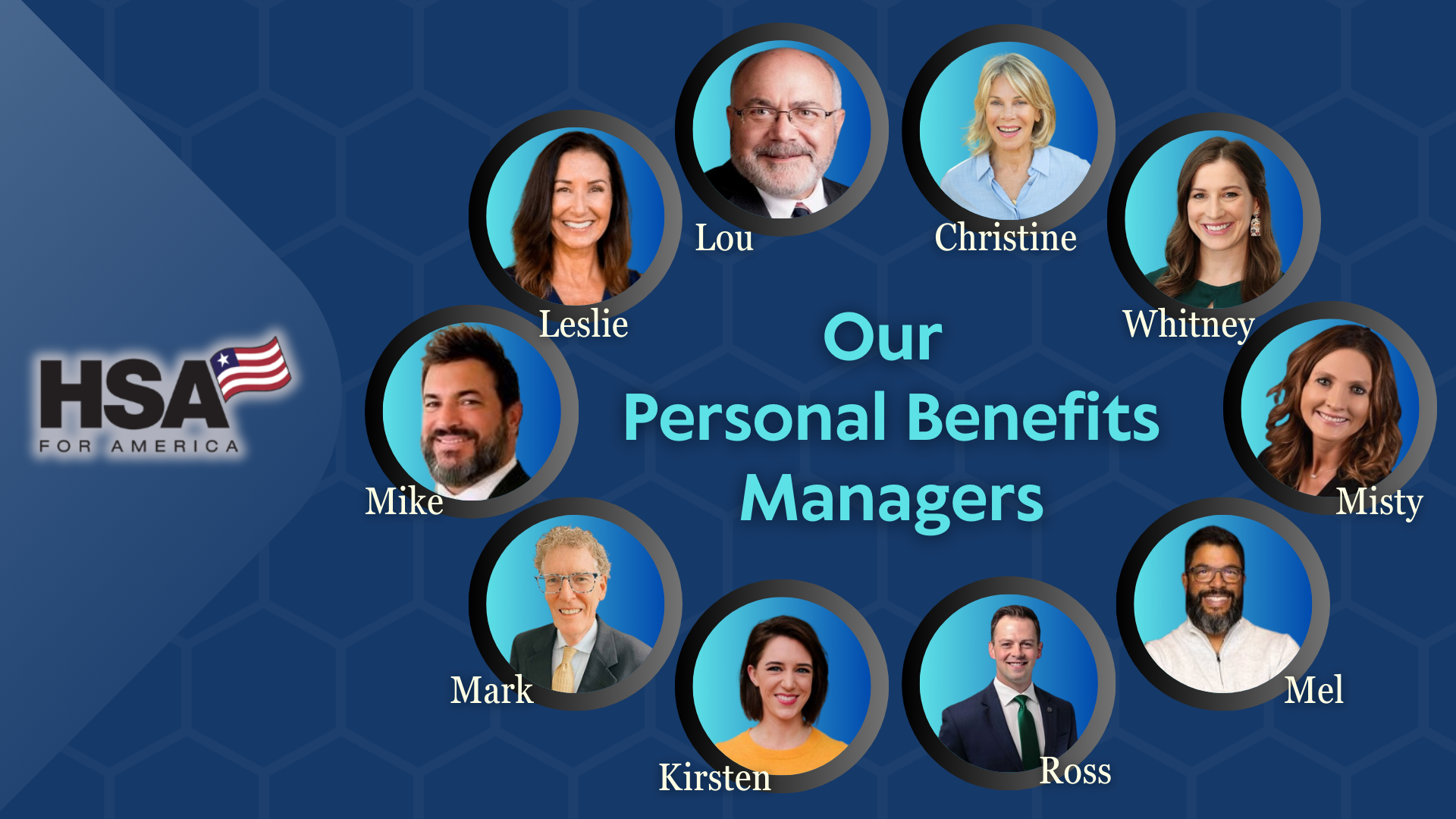
It’s a great idea.
But most people don’t have the cash on hand to make the maximum allowable annual contribution to each of their tax-favored accounts upfront.
So we created this table: Here’s what you need to contribute on a monthly basis each month to maximize your allowable 2025 contributions, starting in January.
Contribute these amounts each month, and you should reach the maximum allowable contribution amount by the end of the year.
Monthly Contributions to Max Out Your Accounts in 2025
Here’s the monthly breakdown if you start in January 2025.
Retirement & HSA Contribution Limits for 2025
| Account Type | Annual Limit (2025) | Monthly Contribution |
|---|---|---|
| 401(k)/403(b) | $23,500.00 | $1,958.33 |
| 401(k)/403(b) (Catch-Up Under 60) | $31,000.00 | $2,583.33 |
| 401(k)/403(b) (Catch-Up Age 60-63) | $34,750.00 | $2,895.83 |
| Traditional/Roth IRA (Single) | $7,000.00 | $583.33 |
| Traditional/Roth IRA (Catch-Up 50+ Single) | $8,000.00 | $666.67 |
| Traditional/Roth IRA (Married) | $14,000.00 | $1,166.67 |
| Traditional/Roth IRA (Catch-Up 50+ Married) | $16,000.00 | $1,333.33 |
| HSA (Individual) | $4,300.00 | $358.33 |
| HSA (Family) | $8,550.00 | $712.50 |
| HSA (Catch-Up 55+ Single) | $1,000.00 | $83.33 |
| HSA (Catch-Up 55+ Married) | $2,000.00 | $166.67 |
| Coverdell ESA | $2,000.00 | $166.67 |
Source: IRS.gov
Compare Pricing on the Best Insurance Plans Available
Income Limits May Affect Your Contributions
Some accounts have income thresholds that reduce or eliminate your allowable contributions.
For example, your ability to contribute to Roth IRAs starts decreasing when your adjusted gross income reaches $150,000 ($236,000 for married couples filing jointly), and phases out completely when your income reaches $165,000 ($246,000) for married couples.
So if you expect to have an income within these ranges, consider making your final 2025 contribution in the spring of 2026, after you know your exact 2025 income.
The law allows you to make Roth IRA contributions for the prior calendar year until April 15th, in most cases. Delaying your contribution helps prevent you from contributing too much, and risking unnecessary penalties.
Tip: If you still haven’t maximized your contributions for tax year 2024, prioritize these contributions before moving on to 2025 contributions. You have until April of next year to catch up on your contributions for many of these accounts. You only have until April 15th to finish your 2024 contributions to IRAs, Roth IRAs, and HSAs.
But after April 15th, 2025, the window on tax year 2024 contributions closes forever.
Example: Catching Up on 2024 Contributions Before April 15, 2025
Sarah, a 35-year-old professional, realized in February 2025 that she didn’t maximize her 2024 contributions to her IRA and HSA.
2024 Contribution Limits
- IRA Contribution: $7,000 (including the $1,000 catch-up for those 50+)
- HSA Contribution: $4,150 for individuals, $8,300 for families
Sarah contributed $4,000 to her IRA in 2024, leaving $3,000 of unused contribution space. She also contributed $3,000 to her HSA, leaving $1,150 of unused space.
Her Catch-Up Plan (Before April 15, 2025)
- IRA: She transfers $3,000 to her IRA by April 15, 2025.
- HSA: She deposits the remaining $1,150 into her HSA by the same date.
By catching up on her contributions, Sarah will lower her taxable income for 2024 and maximize her long-term savings growth. After April 15, 2025, she would have lost these tax-advantaged opportunities forever.
Key Takeaway: Don’t leave money on the table. Review your contributions and use the grace period to catch up before the deadline.
Compare Pricing on the Best HealthShare Plans Available
How to Set Up Automated Contributions
It’s a good idea to put these monthly contributions on autopilot.
That is, set up automated contributions from your bank account. So you don’t have to worry about them.
Employers will do automatic salary deductions for workplace retirement plans like 401(k)s and 403(b)s. If you’re enrolled in a high-deductible health plan at work, they can also automatically deduct your HSA contributions as well, tax free.
Tip: Check with your employer and see if they offer matching contributions to your HSA. If they do, try to take full advantage of it. HSA tax advantages are very powerful.
You can also schedule your own recurring transfers to savings or investment accounts, outside your employment. Use tools like mobile banking apps to automate your monthly contributions.
For personalized guidance on choosing the right plan, contact one of our Personal Benefits Managers today!
For Further Reading:



